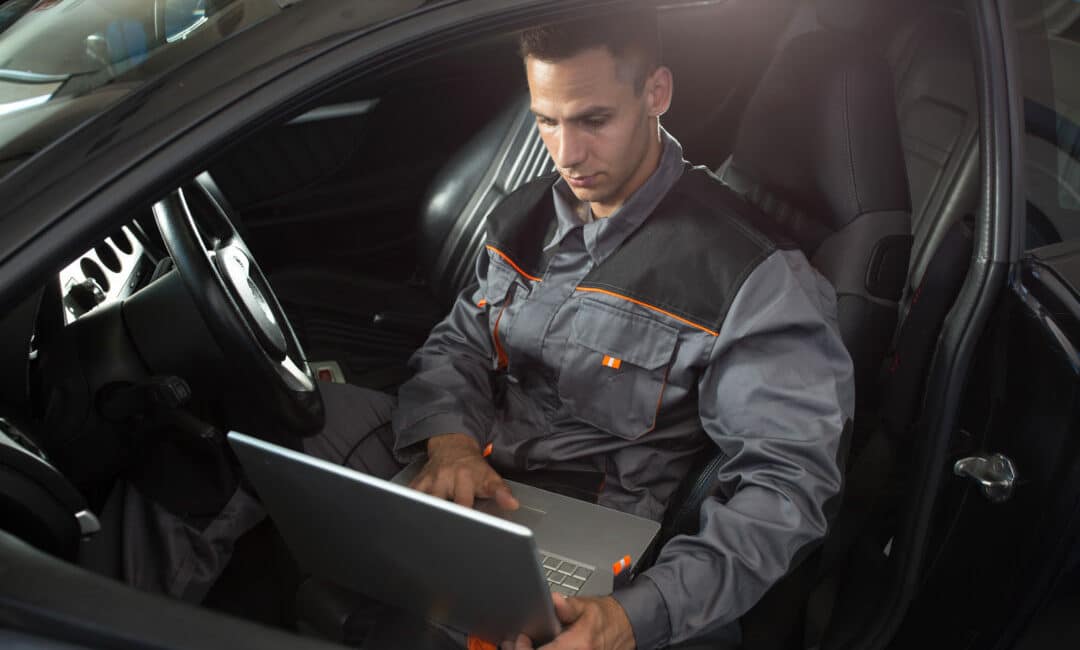If you recently bought a car some time over the past few years, it’s probably equipped with some ADAS technology. This type of advanced safety technology used only to be seen in luxury cars but is now seen in almost every modern-day vehicle from 2016 on. We’reWe’re here to discuss pre- and post-repair scanning on your vehicle and why it’s an essential part of your car repair.
There could be a world of problems happening to your car that you may not be aware of unless a technician makes scanning part of the repair process, before and after the repair. Sensors could be aimed wrong, airbag sensors might have a fault code, and other safety systems might be aimed in the wrong direction. Because of how critical this is for cars nowadays, you would think every repair shop would be making pre- and post-repair scanning part of their repair regime. Unfortunately, few shops do it because of the cost it is for insurance companies. Insurance companies view it as a double charge and don’t realize how important it is for your overall safety.
It is also a liability issue. The vehicle could have fault codes that result from the previous repair or are not part of the car that’s being repaired. For example, the rear sensors could be throwing a fault code, but you are only being paid to fix the front sensors. Without a technician pre-scanning the vehicle, there would be no way of knowing there is an issue with that system. It could even be something not related to your recent accident. Maybe you were lightly tapped in a parking lot, which is enough to throw off sensors but not enough to show up as visible damage.
What Is Scanning?
When a repair technician performs a diagnostic vehicle scan, they will hook up a scanner to your car’s diagnostic port. From there, several different codes known as Diagnostic Trouble Codes (or DTC for short) will appear, giving technicians a vantage point on where to begin the repair. It’s important to note that even if individual lights on your dashboard aren’t illuminated, that doesn’t mean there are no problems with your vehicle. The whole purpose of vehicle scanning is so the technician can get a good look “inside” your car to determine what’s wrong.
The best way to compare this is when you go to the doctor. You can tell the doctor all your symptoms, and they can diagnosis you from that. But until they take x-rays or get bloodwork, there is no way of a doctor being 100% sure of your diagnosis. Similarly, an auto repair technician can get to work on your car without scanning based on what they can “see.” However, there could be non-functioning safety equipment, hidden faults, or damaged components that will go undetected unless there is a diagnostic scan. This is why a technician must know to scan your car before getting to work on your vehicle.
When Are Scanning and Calibrations Needed?
As crucial as pre-repair scanning is for your car repair, a post-repair diagnostic scan is a requirement for a few different reasons. Let’sLet’s take, for example, what American Honda wrote in a position statement from May 2019 regarding pre- and post-repair scanning:
- “A preliminary diagnostic scan during the repair estimation phase to determine what diagnostic trouble codes (DTCs) may be present, so proper repairs may be included.
- A post-repair diagnostic scan to confirm that no DTCs remain.
- Any repair that requires disconnection of electrical components in order to perform the repair will require a post-repair diagnostic scan to confirm if the component is reconnected properly and functioning.
- Damage that requires the replacement of body parts will always require a post-repair diagnostic scan.
- Some safety and driver assistive systems (such as ADAS) will require inspections, calibration, and/or aiming after calibration after collision or other body repairs.”
Every car manufacturer, like Honda, will have its requirements on scanning and calibrations. However, it is guaranteed they will always require pre- and post-repair scanning to accurately diagnose what needs to be repaired and determine everything is functioning correctly. If you think of ADAS technologies like a computer, a recalibration is similar to resetting a computer. Most modern cars come with a variety of different ultrasonic, camera, and radar sensors. These sensors are what ADAS technology is made of so they can “see” what is going on around your car, keeping you safer on the road. If any of these sensors were even off by one degree caused by a minor fender bender, it could be equivalent to being 50 feet off the designated target area.
Even if you were just in a minor fender bender, technicians still need to know when cars need scanning and recalibration. The best body shops will look up any repair procedures laid out by the manufacturer, such as the above position statements released by American Honda. This is why pre-scanning is essential.
Who In New Jersey Knows How To Perform Scanning and Calibrations?
Here at Cherry Hill Collision, we know how critical scanning is as part of the pre- and post-repair procedure. That’s why we wanted to write about this repair practice since only the best auto body shops know how important this is. Your safety is our number one priority, and we aim to show you why we are the best at what we do.
We feel that we are indeed the best because we are committed to giving you the highest quality of repair out there. All of our technicians are up to date on the latest OEM repair procedures and have received extensive training. You will never be left in the dark throughout the repair process. Once you get your car back, it will be looking, running, and operating as if it was brand new!
Let us help you with your auto repair process! We can be reached at (856)-663-0500. If you’d like to schedule an appointment or to get an online quote, click here to get started!
We look forward to hearing from you and helping you with any of your auto repair needs!


